5 Creative Ways to Theme a Yoga Class
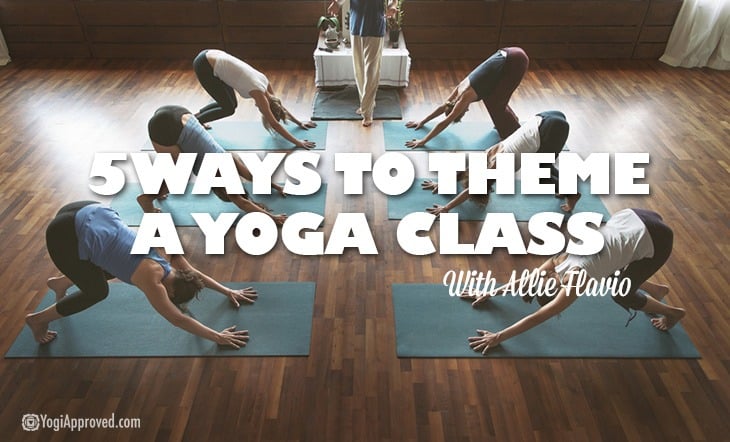
Yoga – it appears effortless, looks like simple stretching, and couldn’t possibly be hard to orchestrate or communicate. Said no yogi ever – like ever.
For the majority of the world, this is the common thought process. For the dedicated yogi, you’re shaking that pretty head of yours with a smirk across your face. Because let’s be honest – yoga isn’t easy, the postures require a hella amount of focus, the flow is an art in itself, and the delivery of it all makes it a masterpiece.
So the real questions are:
- How do we transform our practice into an art form?
- How do we teach classes that resemble a masterpiece?
- How do we, as teachers and students, create a practice that supports, challenges, and restores us?
Well friends, that why I’m here, to help navigate those questions and explore how to grow and expand our yoga practices.
This post is for the yoga student who craves more. This post is for the yoga teacher who needs guidance, inspiration, and that extra push.
This post is for anyone who loves yoga and wants more of it.
Let’s get started friends!
The easiest way to bring clarity and purpose into your yoga practice and class is to create a theme.
A theme can take on many, many, many forms and vary drastically depending on the yoga class style, the yoga students, or the studio in and of itself. But all differences aside, a theme focuses on a consistent message.
A theme focuses on a consistant message.
When a practice is centered on a central message or one end goal, the students and teacher are able to focus with intention and purpose. It gives the practice more oomph, more meaning, and a greater purpose.
Do you feel me?
To help us create that extra oomph, below are 5 ways to theme a yoga class.
I encourage you try at least one from this list – both in your personal and teaching practices. Feel free to expand upon these, change them up, or do something totally different – this is your practice – own it yogis!
1. Set an Intention
This one’s first as many of us are familiar with doing it (usually at the beginning of class). There’s usually no rhyme or reason to the intention, but to simply set one. Or at least that’s my experience.
Instead of being loosy goosy with your intention, I want you to choose one and dive deep into it. Dive so deep that you get lost in the moment, become enamored with the idea of it, and want to keep coming back for more if it.
An intention, like a theme, can take on a plethora of forms. The options are LITERALLY endless.
Below are a few ideas to get the intention train rolling:
- Prayer: use this powerful theme to unite and strengthen your class. Prayers can be in Sanskrit, English, a mantra, or anything that holds meaning and significance.
- Unconditional love: focus your thoughts or the student’s thoughts on how to love unconditionally. This doesn’t need to be super deep, but should touch on self-love, personal relationships, and how we relate to the world (strangers, nature, co-workers).
- Balance: focusing on the yin and yang, balancing the masculine and feminine, and incorporating both heating and cooling poses into the practice.
- Breath: use the most powerful tool, our breath, to keep the practice focused and present. Consistently remind people to come back to the breath, to count their breaths, to hear their breath, and to love their breath.
2. Peak Posture/Group of Postures
This is one of my favorites in the yoga theme department. And I assume it’s a favorite of many teachers, as it’s a great tool to help students clearly understand a posture or set of postures.
Here’s an example of how this works:
Theme Posture(s): Ardha Chandrasana & Pravritta Ardha Chandrasana (half-moon and revolved half-moon pose)
Prep Postures: since I chose 2 peak postures, each one requires different prep poses, so here’s the breakdown.
Prep poses for Ardha Chandrasana: Warrior 2, Reverse Warrior, Side Angle Pose, Triangle, and Goddess pose.
- All of these prepare the body by externally rotating the hips, rolling the thighs down and towards the ground, and build stamina to support the peak pose.
Prep poses for Pravritta Ardha Chandrasana: Ukatasana + twist, Low lunge + twist, Crescent pose + twist, and Revolved Triangle pose.
- All of these prepare the body for a deep twist and build stamina to support the posture.
The combination of peak postures/groups of postures is never-ending. Let your imagination run wild here, use props for a deeper experience, and most importantly – have fun!
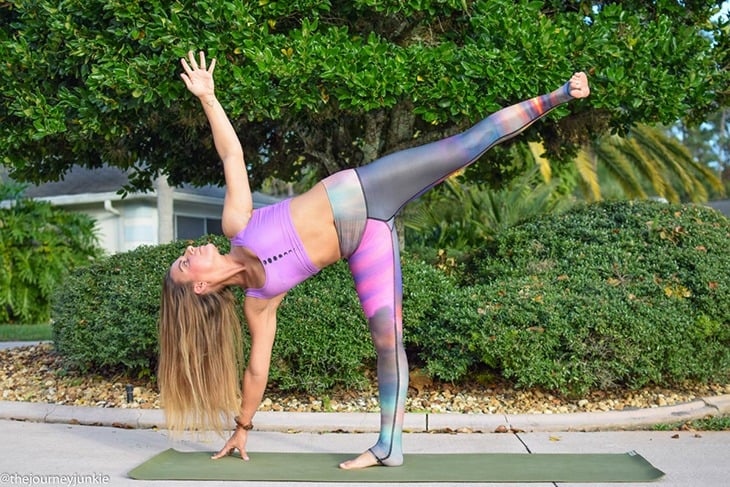

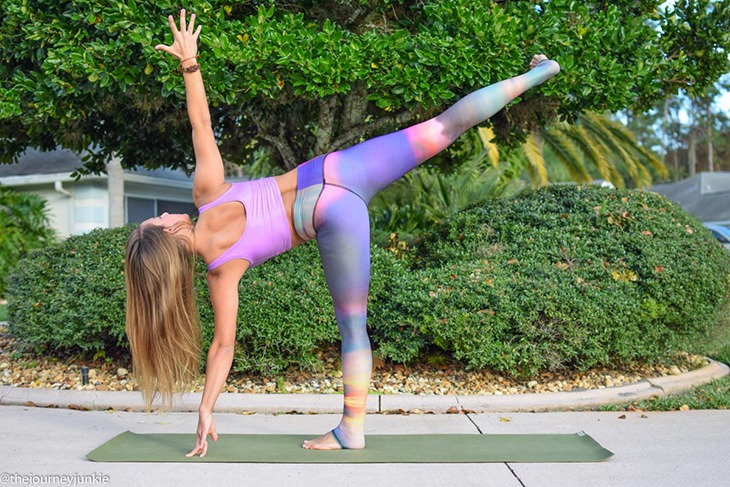
3. The Chakras
The Chakras are a beautiful theme to help students cultivate a sense of balance, plus everyone loves learning interesting tidbits about yoga.
If you’re wondering what the hell the Chakras are, I got you! Read my quick rundown here and then get your yoga booty back to this page.
Below are a few chakra theme class ideas:
Focus on one chakra per month and get deep with it. Incorporate the chakra meditation, wear the corresponding color, practice the balancing postures for each chakra, or read a related passage.
Host a chakra meditation class and recite each mantra 108 times. I’ve done this, and it was fantastic.
4. The Breath
I mentioned the breath previously as an intention, but it’s so incredibly important that it deserves extra love and attention.
As we all know, the breath is THE practice. Without the breath we cannot function, we cannot make space, we cannot quiet the mind, and we could never reach enlightenment.
Basically, the breath is the key to every door in yoga and in life.
Below are ideas to start the breath movement:
Focus on a Pranayama technique – do it before, during, or after the class. Or even better, host a workshop and teach 3 -5 breathing techniques.
Lead people by counting the breath or cueing the entire class through inhalations and exhalations.
Start or end the class with a seated meditation with the breath as the main focus.
5. Seasonal or Time of Day
Create a class that’s in conjunction with the current season or time of day. The time of day tends to happen somewhat naturally, but the seasonal one takes a bit of effort.
Let’s cover the natural one first:
If teaching or taking a morning class, it’s best to energize and awaken people. The morning is a precious opportunity to move people in a way that will set the tone for the day ahead. Take this opportunity to leave people awake, alive, and feeling like a yoga superstar.
Yes, I said yoga superstar.
If teaching or taking an evening class, it’s best to center and ground the room. The majority of people are arriving after a day’s worth of work and family obligations, and their heads are spinning. Like legit spinning. Use this opportunity to bring people onto their mat and into their bodies.
Now let’s get to the seasonal theme, the one that requires some extra effort:
Typically, yogis recognize and flow by the Winter and Summer Solstice and the Fall and Spring Equinox. The transition from one season to the next is the perfect opportunity to introduce this theme.
In the past, I’ve attended 108 sun salutation events to ring in the New Year/Winter Solstice. A sense of renewal, empowerment, and connection is created when practicing in tune with Mother Nature. It’s a reminder that our practice is part of a much larger vibration, one that we cannot comprehend, and one that doesn’t need to be understood.
It’s a beautiful reminder and great theme to start any season, so please try this one!
Here’s the deal, themes can be intimidating, a lot of work, and sometimes not pan out as expected.
But here’s the more important deal – themes will stick. They will not only help the yoga class better understand the concept, but also the person who’s delivering the message. Themes are an opportunity for both sides of the practice to grow – teacher and student – together.
Let’s talk yogis. What are your favorite class themes? Have you experienced a themed class? If so, did you dig it or not so much? And if you’re a yoga teacher, what are your go-to themes?
As always – please leave comments, suggestions, feedback, and any general yoga love down below.
Until next time – xoxo.


This Month's Letter
From the Editor
Monthly motivation and food for
thought from our founder.

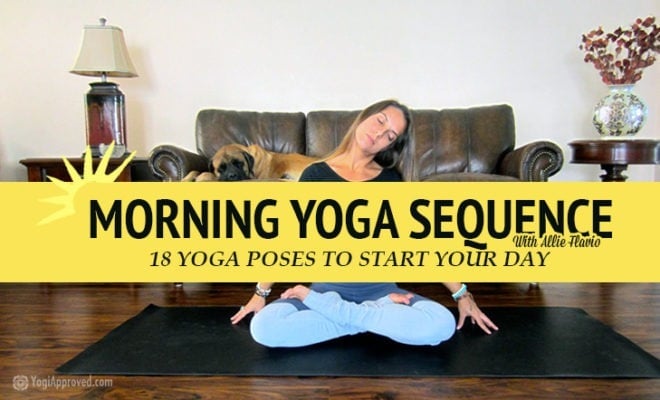

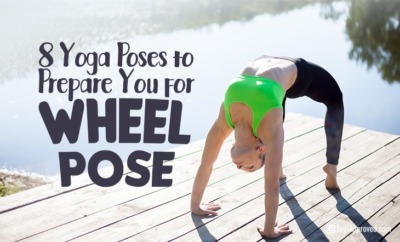
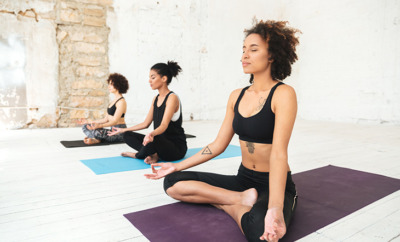

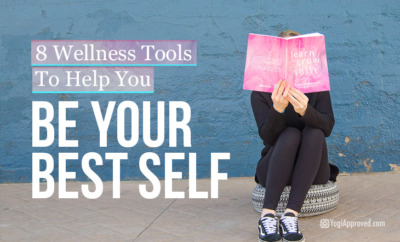
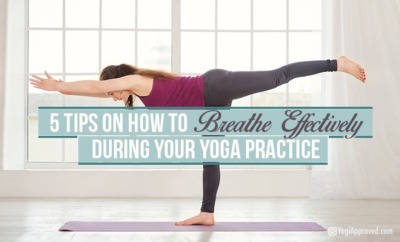





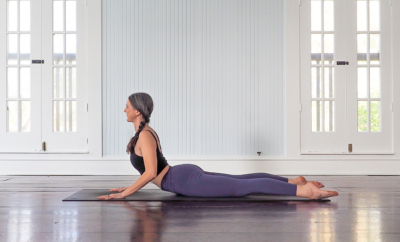











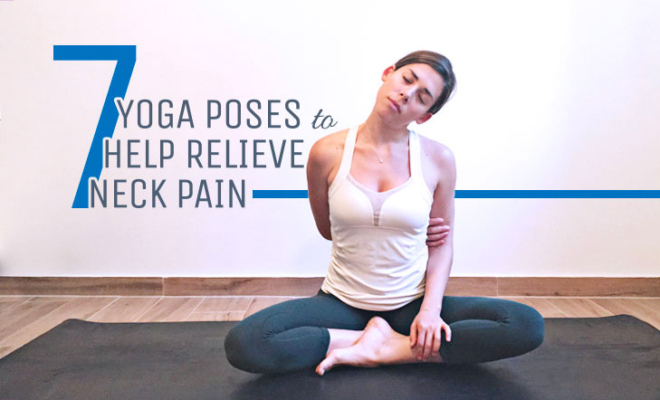




Comments